Home>Others>Eco-Friendly Products>How To Use A Rotating Compost Bin
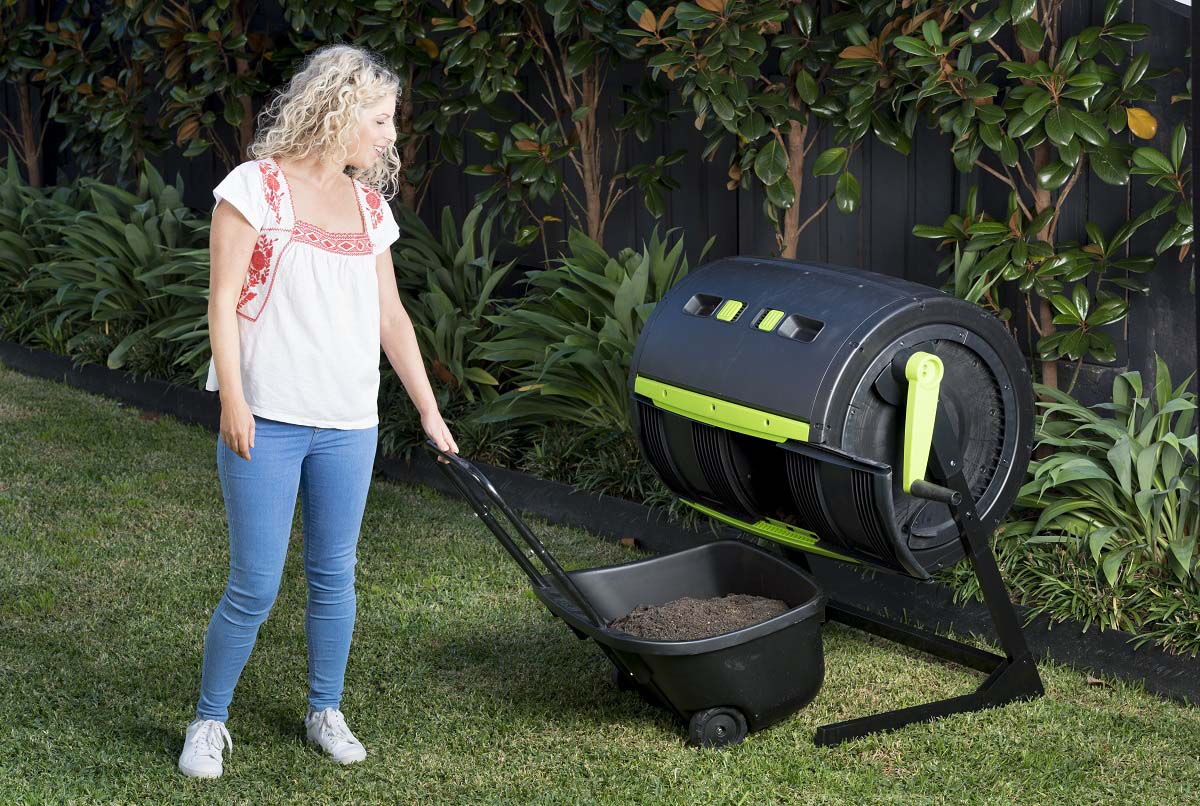

Eco-Friendly Products
How To Use A Rotating Compost Bin
Modified: January 14, 2024
Learn how to effectively use an eco-friendly rotating compost bin to create nutrient-rich soil for your garden. Discover the benefits of this sustainable gardening practice.
(Many of the links in this article redirect to a specific reviewed product. Your purchase of these products through affiliate links helps to generate commission for Storables.com, at no extra cost. Learn more)
Introduction
Welcome to the world of composting! If you're passionate about sustainability and reducing your environmental impact, using a rotating compost bin is an excellent way to transform kitchen scraps and yard waste into nutrient-rich compost for your garden. Composting not only minimizes the amount of organic waste that ends up in landfills but also enriches the soil, promotes plant growth, and reduces the need for chemical fertilizers.
In this comprehensive guide, we'll explore the ins and outs of using a rotating compost bin, from selecting the ideal location for your bin to harvesting the finished compost. Whether you're a seasoned composter or just getting started on your eco-friendly journey, this article will provide valuable insights and practical tips to help you make the most of your rotating compost bin.
Composting is a simple yet rewarding practice that aligns with the principles of sustainability and environmental stewardship. By harnessing the natural process of decomposition, you can turn organic waste into a valuable resource while minimizing your carbon footprint. With a rotating compost bin, the process becomes even more efficient, allowing you to aerate the compost and accelerate decomposition with minimal effort.
So, whether you're eager to reduce waste, improve your garden's soil, or simply embrace a more eco-friendly lifestyle, learning how to use a rotating compost bin is a step in the right direction. Get ready to embark on a journey of sustainability, soil enrichment, and the fascinating transformation of organic matter into "black gold" for your garden. Let's dive in and discover the art and science of composting with a rotating bin!
Key Takeaways:
- Embrace sustainability by using a rotating compost bin to turn kitchen scraps into nutrient-rich compost for your garden, reducing waste and promoting eco-friendly practices.
- Choose the perfect location, balance materials, and maintain your rotating compost bin to create valuable “black gold” for your garden while contributing to a healthier planet.
Read more: How To Use A Countertop Compost Bin
Choosing the Right Location for Your Rotating Compost Bin
Before diving into the exciting world of composting, it’s essential to select the perfect spot for your rotating compost bin. The location plays a crucial role in the success of your composting efforts, as it can impact the decomposition process, convenience, and overall effectiveness of the bin. Here are some key considerations to keep in mind when choosing the right location:
- Sunlight Exposure: Opt for a location that receives partial sunlight. While some direct sunlight is beneficial for speeding up the decomposition process, excessive heat can dry out the compost and disrupt the microbial activity. A balance of sun and shade will create an optimal environment for composting.
- Proximity to the Kitchen and Garden: Ideally, place your compost bin within easy reach of your kitchen and garden. This convenience makes it effortless to deposit kitchen scraps and access finished compost for your garden beds, encouraging regular use and seamless integration into your daily routine.
- Drainage and Air Circulation: Ensure that the chosen location has adequate drainage to prevent waterlogging, which can impede the composting process. Additionally, good air circulation is essential for oxygenating the compost and supporting the activity of beneficial microorganisms.
- Accessibility and Aesthetics: Select a location that is easily accessible for adding materials, turning the bin, and harvesting compost. Consider the visual impact as well, especially if your compost bin is visible from your outdoor living spaces. Integrating it into the landscape or using decorative screening can enhance the overall aesthetic appeal.
- Environmental Considerations: Be mindful of local regulations and community guidelines regarding composting. Some areas may have specific requirements or restrictions, so it’s essential to comply with any relevant regulations and be considerate of neighbors.
By carefully choosing the location for your rotating compost bin, you can create an environment that promotes efficient decomposition, encourages regular maintenance, and seamlessly integrates composting into your sustainable lifestyle. With the perfect spot selected, you’re ready to move on to the next steps of setting up and using your rotating compost bin.
Setting Up Your Rotating Compost Bin
Now that you’ve identified the ideal location for your rotating compost bin, it’s time to set it up for successful composting. Proper setup ensures that the bin is functional, efficient, and ready to transform organic waste into nutrient-rich compost. Here’s a step-by-step guide to help you get started:
- Assemble the Bin: If your rotating compost bin requires assembly, carefully follow the manufacturer’s instructions to put it together. Ensure that all components are securely connected and that the bin is stable when placed in its designated location.
- Add a Base Layer: Start by adding a layer of coarse materials, such as small twigs or straw, to the bottom of the bin. This base layer promotes airflow and drainage, preventing the compost from becoming waterlogged and improving overall aeration.
- Introduce Starter Material: To kick-start the composting process, add a small amount of finished compost, garden soil, or a commercial compost starter to the bin. This inoculates the new compost with beneficial microorganisms and accelerates decomposition.
- Layer Brown and Green Materials: Alternate layers of brown materials (e.g., dried leaves, shredded paper) and green materials (e.g., fruit and vegetable scraps, coffee grounds) as you add them to the bin. This balanced mix provides the carbon and nitrogen necessary for microbial activity and efficient decomposition.
- Moisten the Materials: Sprinkle water over the layers as you add them to the bin, ensuring that the composting materials are consistently moist but not waterlogged. Proper moisture levels support microbial activity and the breakdown of organic matter.
- Secure the Bin: Close and secure the lid of the rotating compost bin to keep pests out and prevent excessive moisture loss. If your bin has aeration vents, ensure they are open to promote airflow.
With your rotating compost bin properly set up, it’s poised to begin the transformative process of turning organic waste into valuable compost. The careful layering of materials, attention to moisture levels, and the incorporation of starter material create an environment conducive to efficient decomposition. As you move on to adding materials and maintaining your compost bin, the groundwork you’ve laid during setup will set the stage for successful composting endeavors.
Adding Materials to Your Rotating Compost Bin
As you embark on your composting journey with a rotating bin, the regular addition of organic materials is key to maintaining a healthy and productive compost pile. By incorporating a balanced mix of kitchen scraps, yard waste, and other compostable materials, you can fuel the decomposition process and create nutrient-rich compost for your garden. Here’s a guide to effectively adding materials to your rotating compost bin:
- Balance Your Ingredients: Aim for a balanced mix of brown and green materials to provide the carbon and nitrogen necessary for successful composting. Brown materials include dried leaves, straw, and shredded paper, while green materials consist of fruit and vegetable scraps, coffee grounds, and grass clippings.
- Chop and Shred Larger Items: To expedite decomposition, chop or shred larger kitchen scraps and yard waste before adding them to the compost bin. Smaller pieces break down more quickly and efficiently, allowing microbial activity to flourish.
- Avoid Dairy and Meat Products: While many kitchen scraps are suitable for composting, it’s best to avoid adding dairy products, meat, and oily foods to your rotating compost bin. These items can attract pests, create odors, and slow down the composting process.
- Layer Materials: As you add materials to the compost bin, layer brown and green ingredients to maintain a balanced mix. This layering technique promotes even decomposition and helps prevent the formation of compacted or anaerobic zones within the compost pile.
- Monitor Moisture Levels: Check the moisture content of the compost regularly and adjust as needed. The materials should be moist, similar to a wrung-out sponge, to support microbial activity. If the compost appears dry, lightly water the pile to rehydrate the materials.
- Turn the Compost Bin: Regularly rotate or turn the compost bin to mix the materials and introduce oxygen. This aeration encourages the breakdown of organic matter and prevents the formation of unpleasant odors associated with anaerobic decomposition.
By following these guidelines, you can effectively add materials to your rotating compost bin, fostering an environment that promotes efficient decomposition and the creation of high-quality compost. The regular incorporation of organic materials, combined with proper layering and moisture management, sets the stage for a thriving compost pile that will ultimately yield valuable compost for your garden.
Turn the handle of the rotating compost bin every few days to aerate the compost and speed up the decomposition process. This will help create nutrient-rich compost for your garden.
Maintaining Your Rotating Compost Bin
Maintaining a healthy and productive compost bin is essential for successful composting. Regular upkeep ensures that the composting process remains efficient, odor-free, and conducive to the breakdown of organic materials. By incorporating simple maintenance practices, you can nurture a thriving compost pile in your rotating bin. Here’s a comprehensive guide to maintaining your compost bin:
- Monitor Moisture Levels: Regularly check the moisture content of the compost. The materials should feel moist, similar to a wrung-out sponge. If the compost appears dry, lightly water the pile to rehydrate the materials. Conversely, if the compost is overly wet, add dry brown materials to absorb excess moisture.
- Turn the Compost Bin: Rotate or turn the compost bin regularly to mix the materials and introduce oxygen. This aeration promotes the decomposition process and prevents the formation of anaerobic conditions, which can lead to foul odors and slow decomposition.
- Balance the Ingredients: Maintain a balanced mix of brown and green materials in the compost bin. Adjust the ratio as needed to ensure that the pile has an optimal carbon-to-nitrogen balance, fostering the activity of beneficial microorganisms and supporting efficient decomposition.
- Manage Pests: Keep an eye out for pests such as fruit flies and ants, especially during warmer months. To deter pests, bury fresh kitchen scraps under a layer of existing compost and avoid adding meat, dairy, or oily foods that can attract unwanted critters.
- Harvest Finished Compost: As the composting process progresses, periodically check for finished compost at the bottom of the bin. Harvest the mature compost and use it to enrich your garden soil, adding valuable nutrients and enhancing overall soil health.
- Address Foul Odors: If unpleasant odors develop in the compost bin, assess the moisture levels and aeration. Adjust the moisture content and increase aeration by turning the bin more frequently to alleviate odors and restore a healthy composting environment.
By implementing these maintenance practices, you can ensure that your rotating compost bin remains productive and conducive to the decomposition of organic materials. Regular monitoring, adjustments to moisture levels, and the diligent management of ingredients contribute to the successful maintenance of a thriving compost pile. With these maintenance tips in mind, you’re well-equipped to nurture a healthy and efficient composting system.
Read more: How Do You Use A Compost Bin
Harvesting Compost from Your Rotating Compost Bin
After patiently tending to your compost pile in the rotating bin, the rewarding moment arrives when it’s time to harvest the finished compost. This nutrient-rich humus, often referred to as “black gold,” is a valuable resource for enriching garden soil and nourishing plants. Harvesting compost from your rotating bin is a gratifying experience that marks the culmination of the composting process. Here’s a guide to effectively harvesting compost from your bin:
- Assess Maturity: Before harvesting, evaluate the maturity of the compost. Mature compost is dark, crumbly, and earthy-smelling, indicating that the organic materials have fully decomposed into a rich, stable humus. Immature compost may still contain recognizable materials and require additional time for decomposition.
- Rotate the Bin: Prior to harvesting, give the compost bin a final rotation to thoroughly mix the materials and facilitate the removal of finished compost. This step ensures that the compost is evenly distributed and accessible for harvesting.
- Use a Screen or Sifter: To separate the finished compost from any remaining larger materials, consider using a screen or sifter to achieve a fine, uniform texture. This process yields a high-quality compost product that is ready for use in your garden beds and plant containers.
- Collect the Compost: Extract the mature compost from the rotating bin, using a shovel or trowel to transfer it to a wheelbarrow or storage container. As you remove the compost, take note of any materials that have not fully decomposed and return them to the bin for further processing.
- Store or Apply the Compost: Store the harvested compost in a covered container or directly apply it to your garden soil. By incorporating the compost into the soil, you enhance its fertility, improve its structure, and provide essential nutrients to support healthy plant growth.
- Prepare for the Next Batch: After harvesting the compost, consider adding a fresh layer of brown and green materials to the rotating bin to initiate the next composting cycle. This continuous process ensures a steady supply of nutrient-rich compost for your gardening endeavors.
Harvesting compost from your rotating bin marks the culmination of your composting efforts and provides you with a valuable resource to enhance your garden’s vitality. By following these steps, you can effectively extract, refine, and utilize the finished compost, reaping the rewards of your commitment to sustainable practices and environmental stewardship.
Troubleshooting Common Issues with Your Rotating Compost Bin
While composting with a rotating bin is a relatively straightforward process, occasional challenges may arise that can affect the efficiency and success of your compost pile. By recognizing and addressing common issues, you can maintain a healthy composting environment and ensure that the decomposition process proceeds smoothly. Here are some common problems and their solutions when using a rotating compost bin:
- Odor Issues: Foul odors emanating from the compost bin may indicate anaerobic conditions caused by excessive moisture or inadequate aeration. To address this issue, turn the compost more frequently to introduce oxygen and ensure proper moisture levels. Avoid adding meat, dairy, or oily foods that can contribute to unpleasant odors.
- Pest Infestations: Fruit flies, ants, and other pests may be attracted to the compost bin, especially if fresh kitchen scraps are exposed. To deter pests, bury fresh materials under a layer of existing compost and refrain from adding meat, dairy, or oily foods. Additionally, consider covering the bin with a fine mesh to prevent pests from accessing the compost.
- Slow Decomposition: If the composting process is progressing slowly, assess the carbon-to-nitrogen ratio of the materials in the bin. Add more green materials, such as fruit and vegetable scraps, to boost the nitrogen content and accelerate decomposition. Regularly turning the compost bin and maintaining optimal moisture levels can also stimulate microbial activity and expedite the process.
- Excessive Moisture: An overly wet compost pile can hinder decomposition and create anaerobic conditions. To remedy excessive moisture, incorporate dry brown materials, such as shredded paper or dried leaves, to absorb the excess water. Additionally, ensure that the compost bin has adequate drainage and adjust the lid to regulate moisture levels.
- Unbalanced Ingredients: A disproportionate mix of brown and green materials can impede the composting process. Adjust the ratio by adding more brown or green materials as needed to achieve a balanced mix that supports microbial activity and efficient decomposition.
- Unpleasant Smells: In addition to addressing odor issues, consider adding a thin layer of garden soil or finished compost to the top of the pile. This can help neutralize odors and introduce beneficial microorganisms that contribute to the decomposition process.
By troubleshooting these common issues and implementing the recommended solutions, you can overcome challenges and maintain a thriving composting system with your rotating bin. A proactive approach to addressing potential issues ensures that your compost pile remains healthy, productive, and conducive to the transformation of organic materials into valuable compost for your garden.
Conclusion
Congratulations on delving into the enriching world of composting with a rotating bin! By embracing this eco-friendly practice, you’ve taken a significant step toward reducing waste, enriching your garden, and contributing to a more sustainable lifestyle. As you’ve discovered, using a rotating compost bin offers a convenient and efficient way to transform organic materials into nutrient-rich compost, fostering a cycle of environmental stewardship and soil enrichment.
Throughout this guide, you’ve gained valuable insights into the essential aspects of composting with a rotating bin, from selecting the perfect location to troubleshooting common issues. By carefully choosing a suitable spot for your bin, setting it up for success, adding materials thoughtfully, and maintaining the compost pile, you’ve laid the groundwork for a thriving composting system. Harvesting the finished compost marks the culmination of your efforts, providing you with a valuable resource to enhance your garden’s vitality and sustainability.
As you continue your composting journey, remember that each batch of compost represents a small but impactful contribution to a healthier planet. By diverting organic waste from landfills and creating a valuable soil amendment, you’re actively participating in the preservation of natural resources and the reduction of greenhouse gas emissions. Your commitment to composting with a rotating bin reflects a dedication to environmental responsibility and a profound respect for the interconnectedness of nature.
Whether you’re a seasoned composter or just beginning to explore the wonders of soil enrichment, your efforts in composting with a rotating bin play a vital role in promoting ecological balance and sustainability. As you witness the transformation of kitchen scraps and yard waste into dark, crumbly humus, envision the positive impact this nutrient-rich compost will have on your garden’s health and productivity.
Thank you for embracing the art and science of composting with a rotating bin. Your commitment to sustainability, environmental consciousness, and the nurturing of the earth’s resources exemplifies a profound dedication to creating a greener, more vibrant world for generations to come.
Frequently Asked Questions about How To Use A Rotating Compost Bin
Was this page helpful?
At Storables.com, we guarantee accurate and reliable information. Our content, validated by Expert Board Contributors, is crafted following stringent Editorial Policies. We're committed to providing you with well-researched, expert-backed insights for all your informational needs.
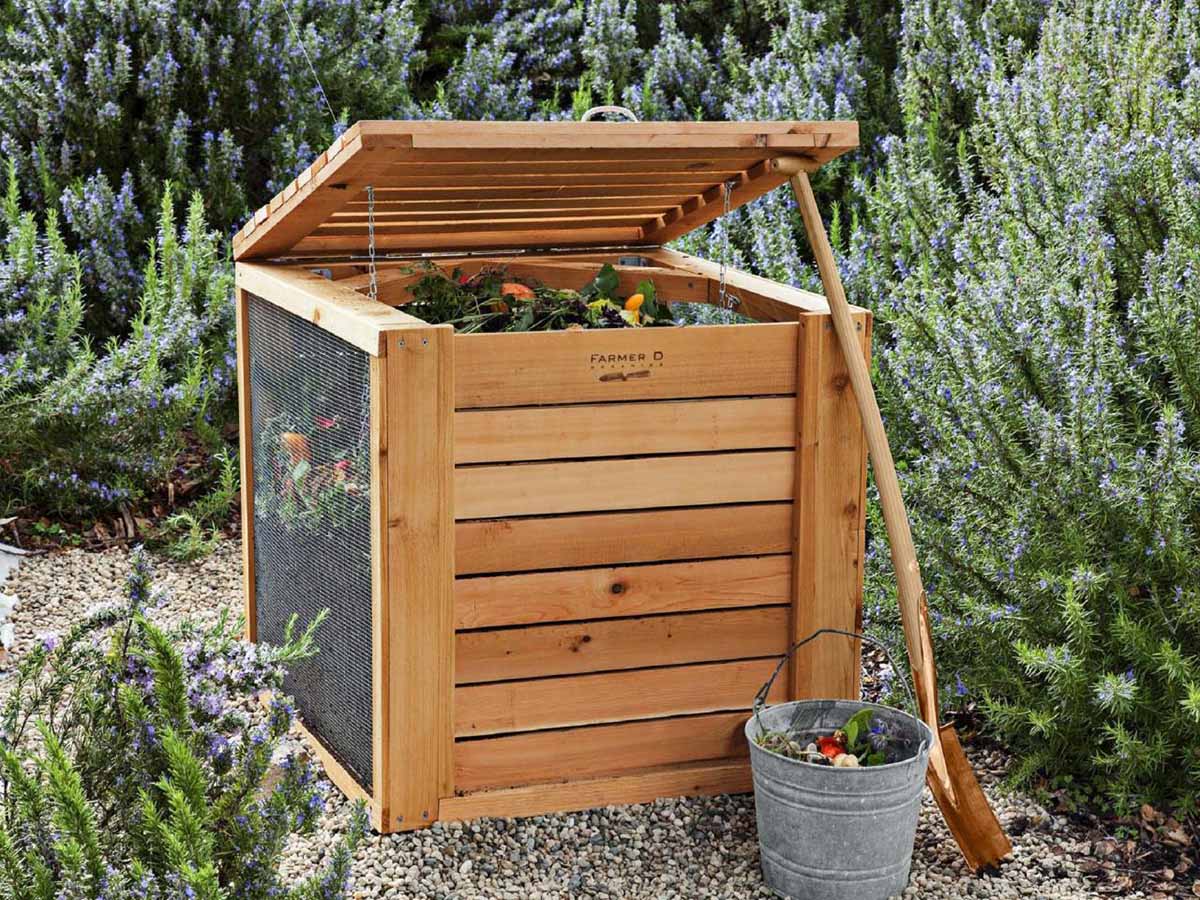
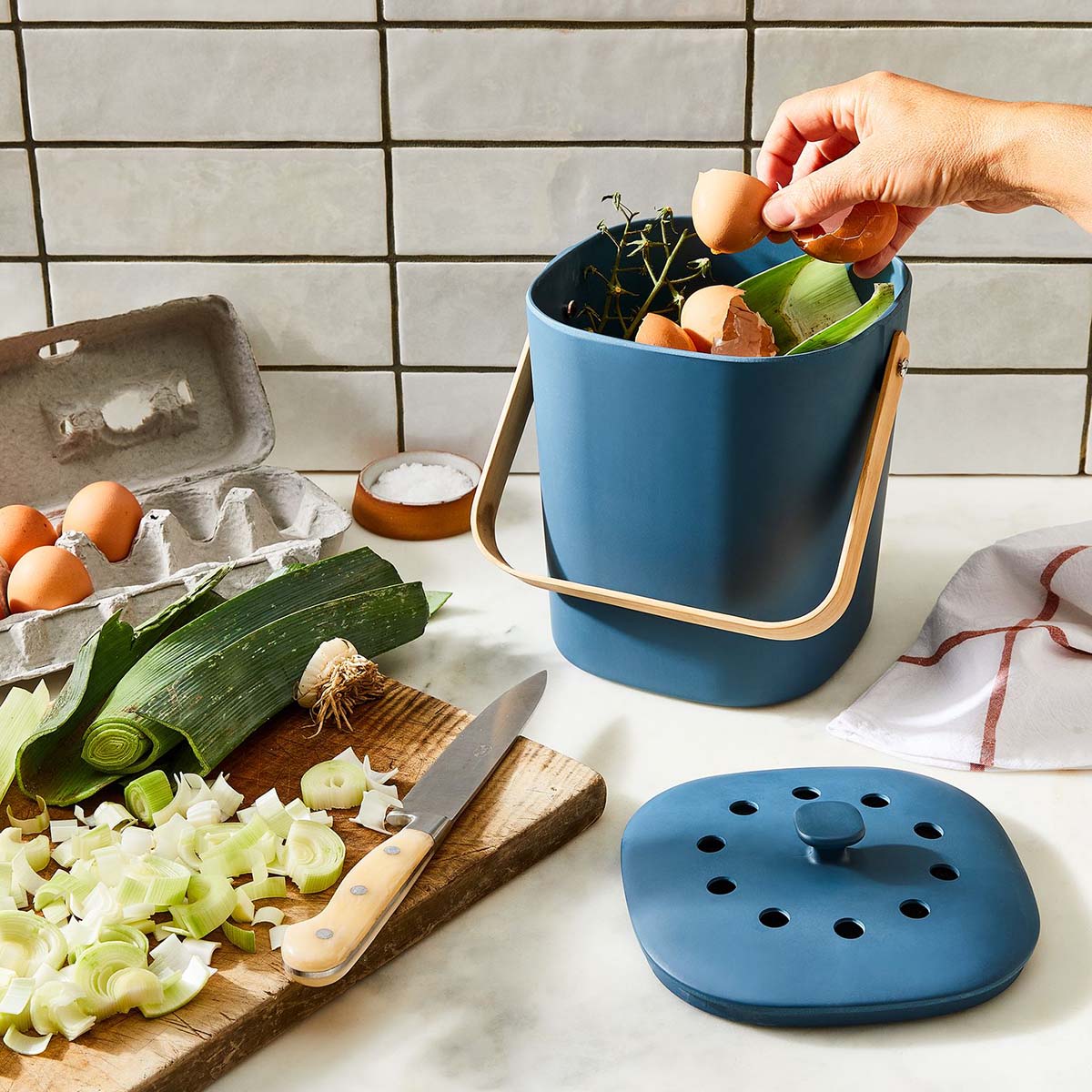
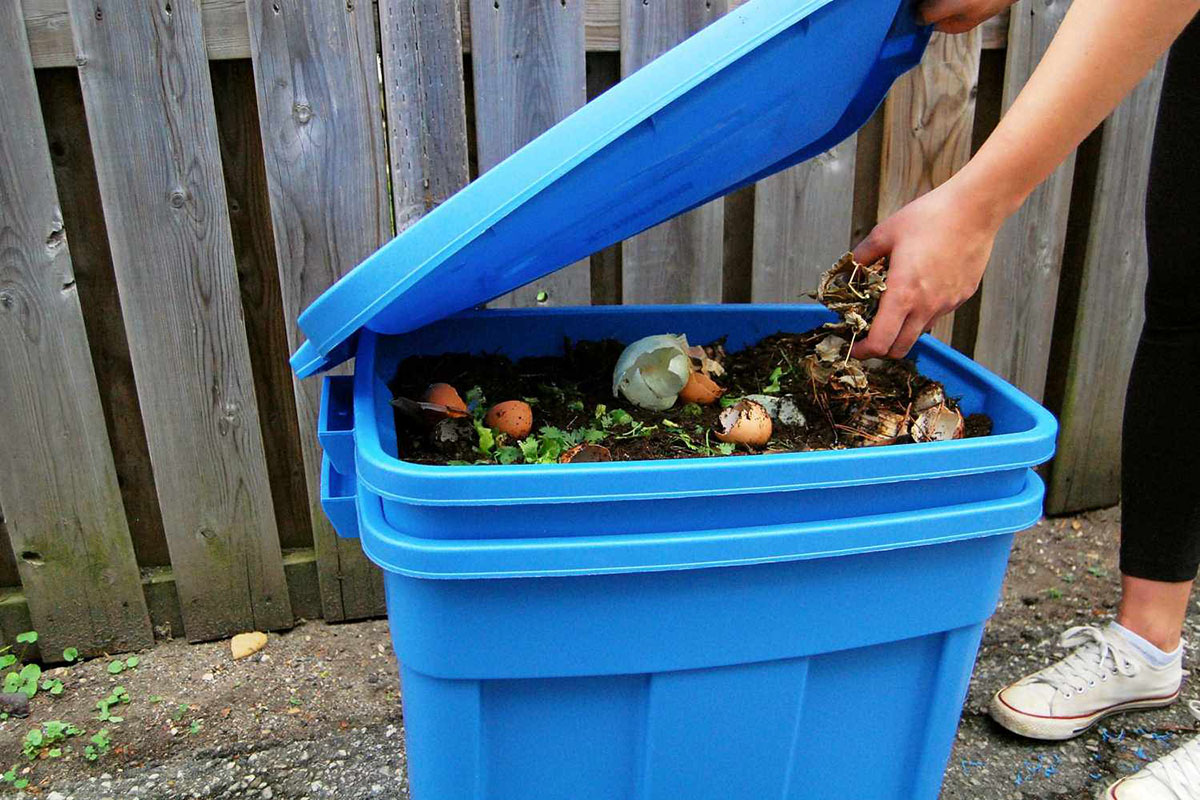
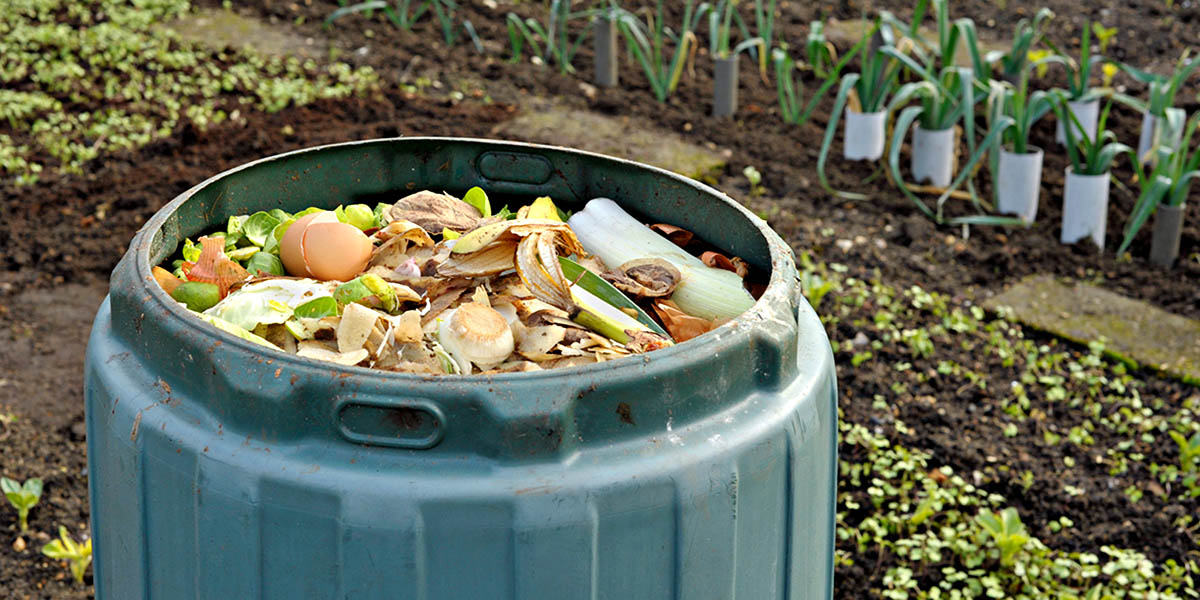
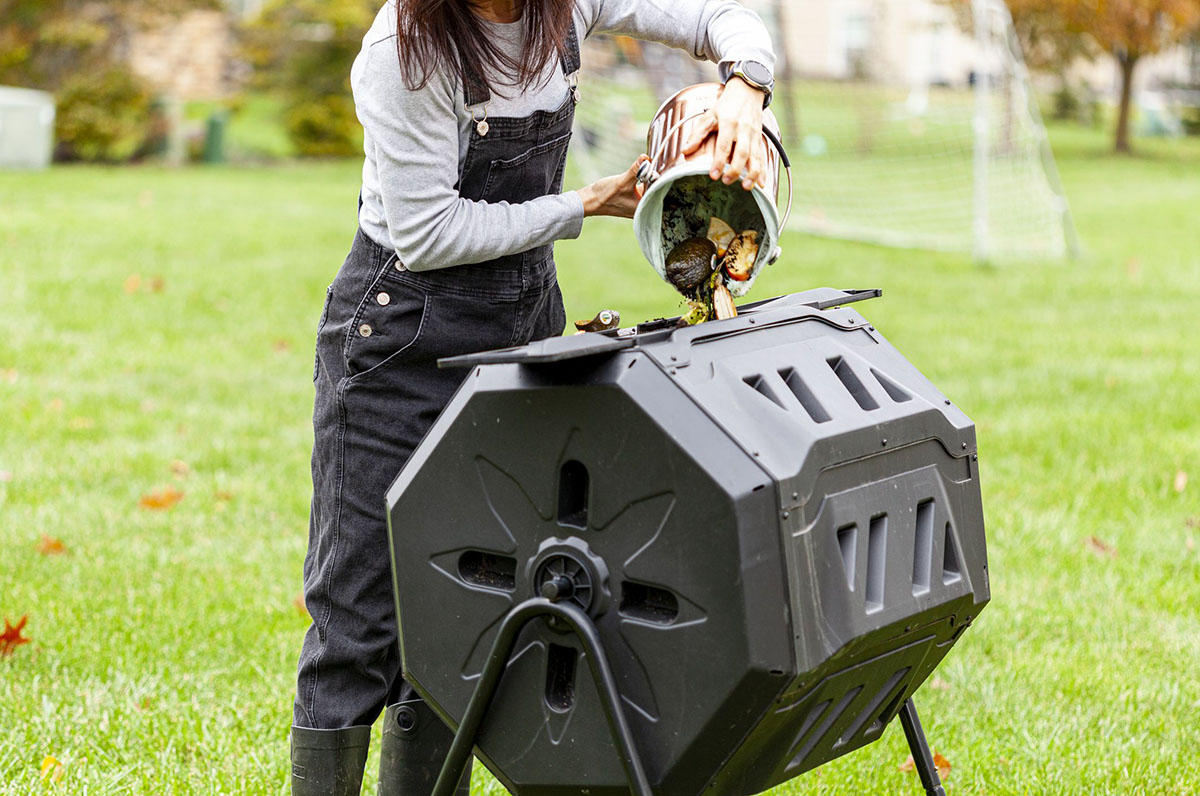
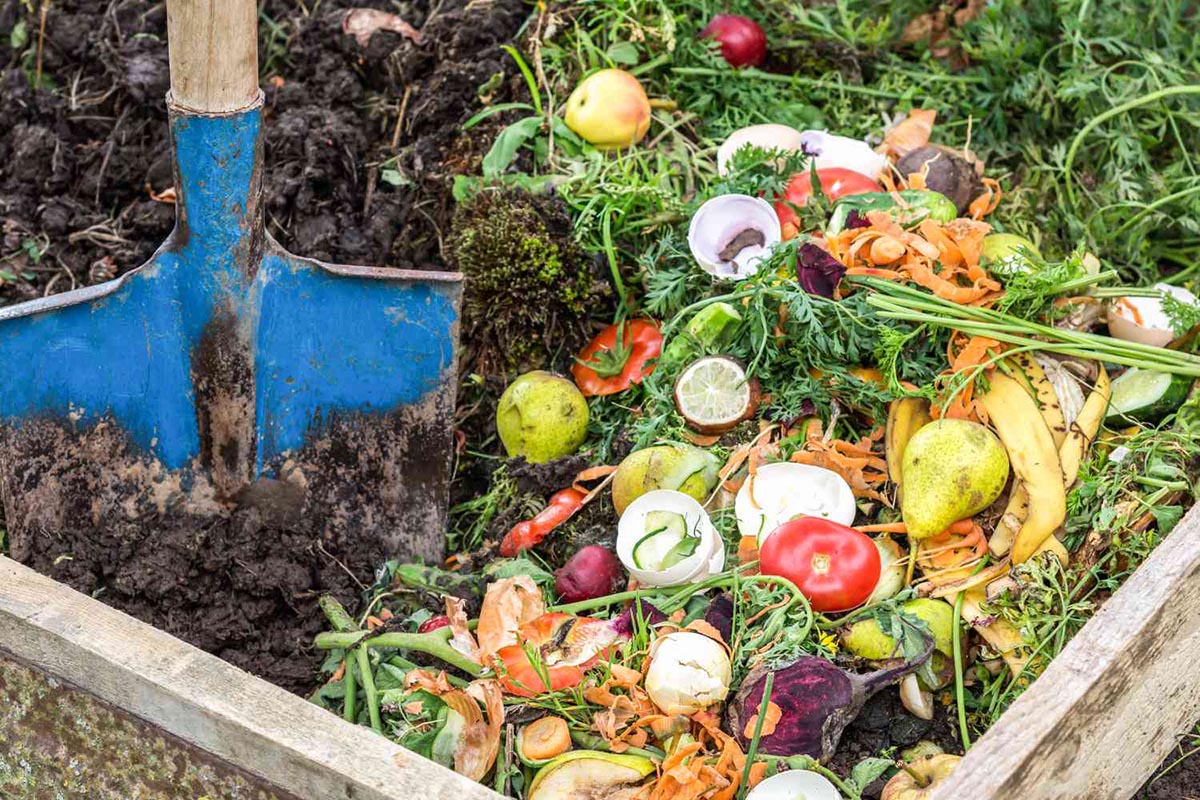
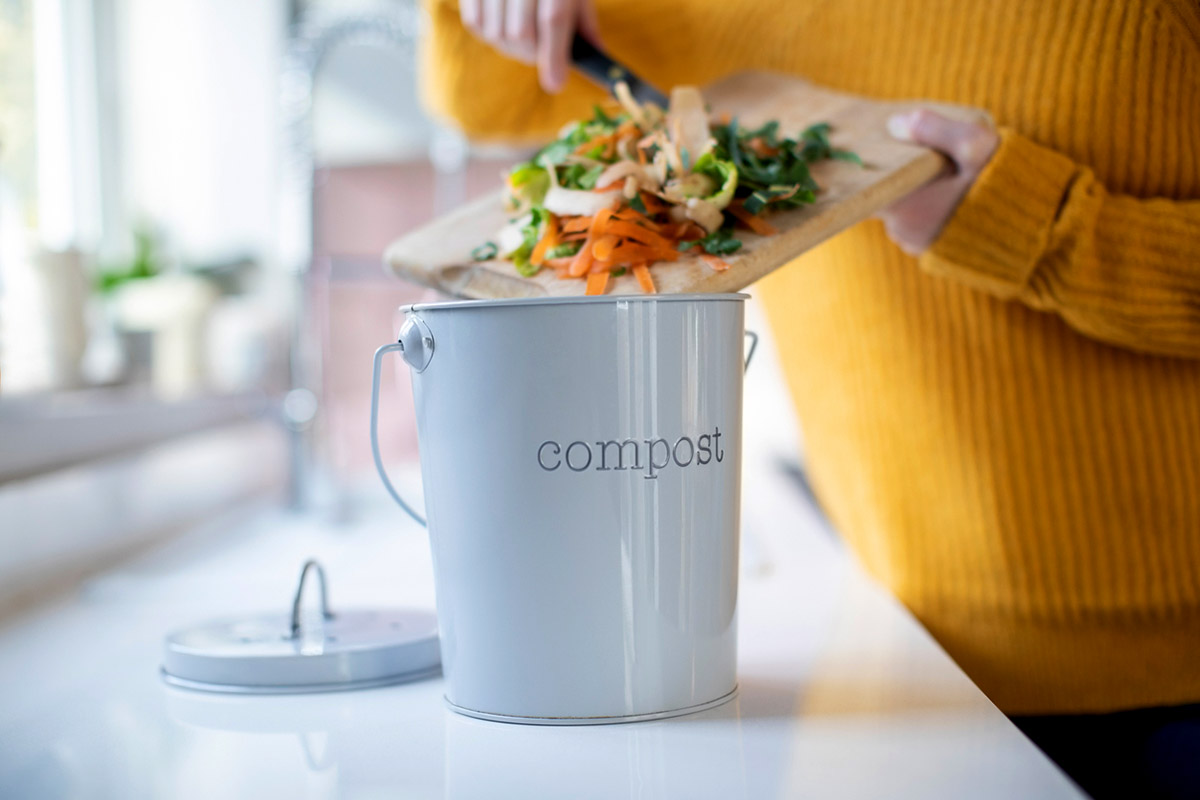
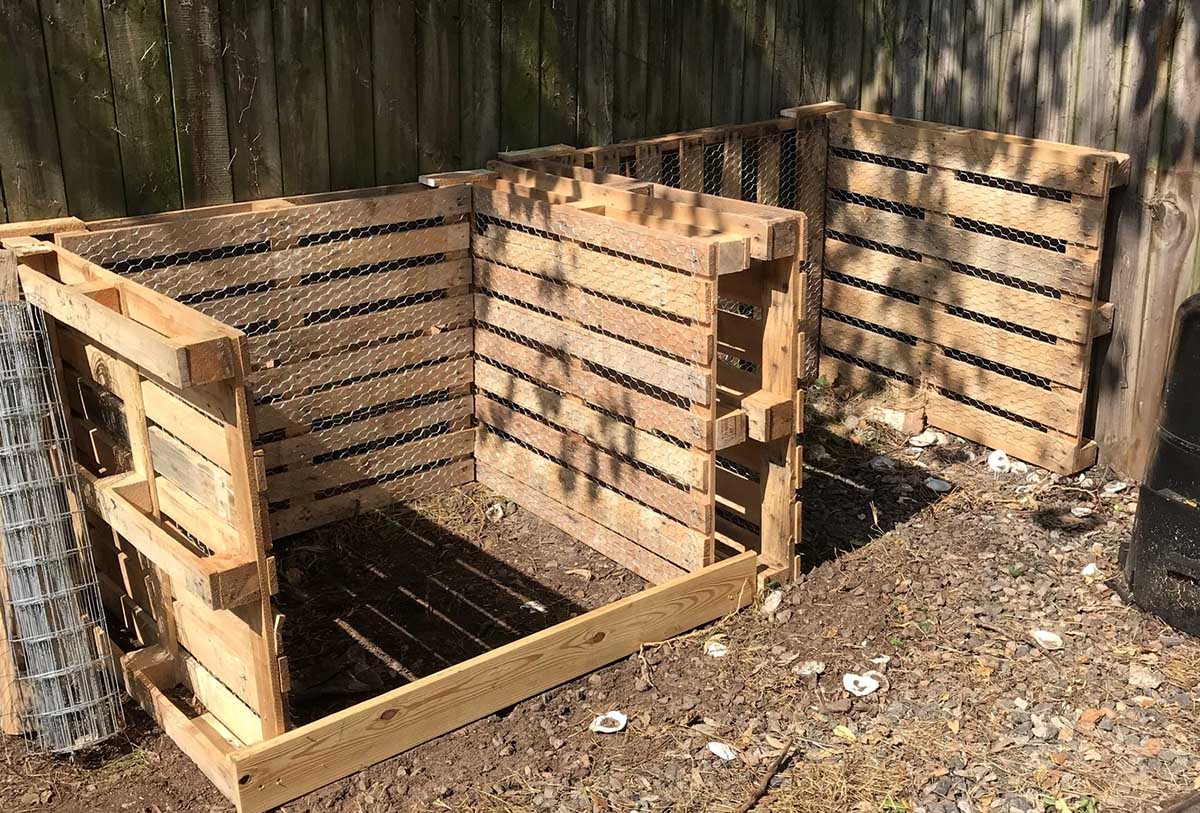
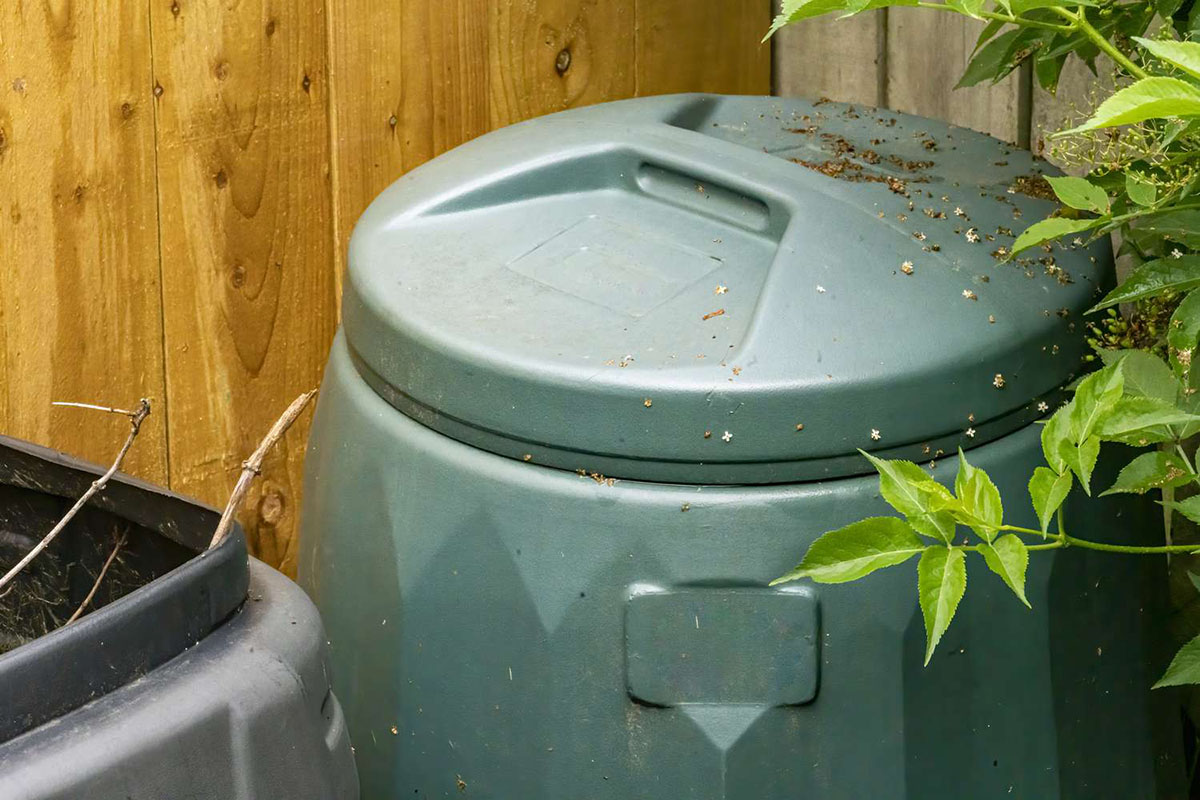
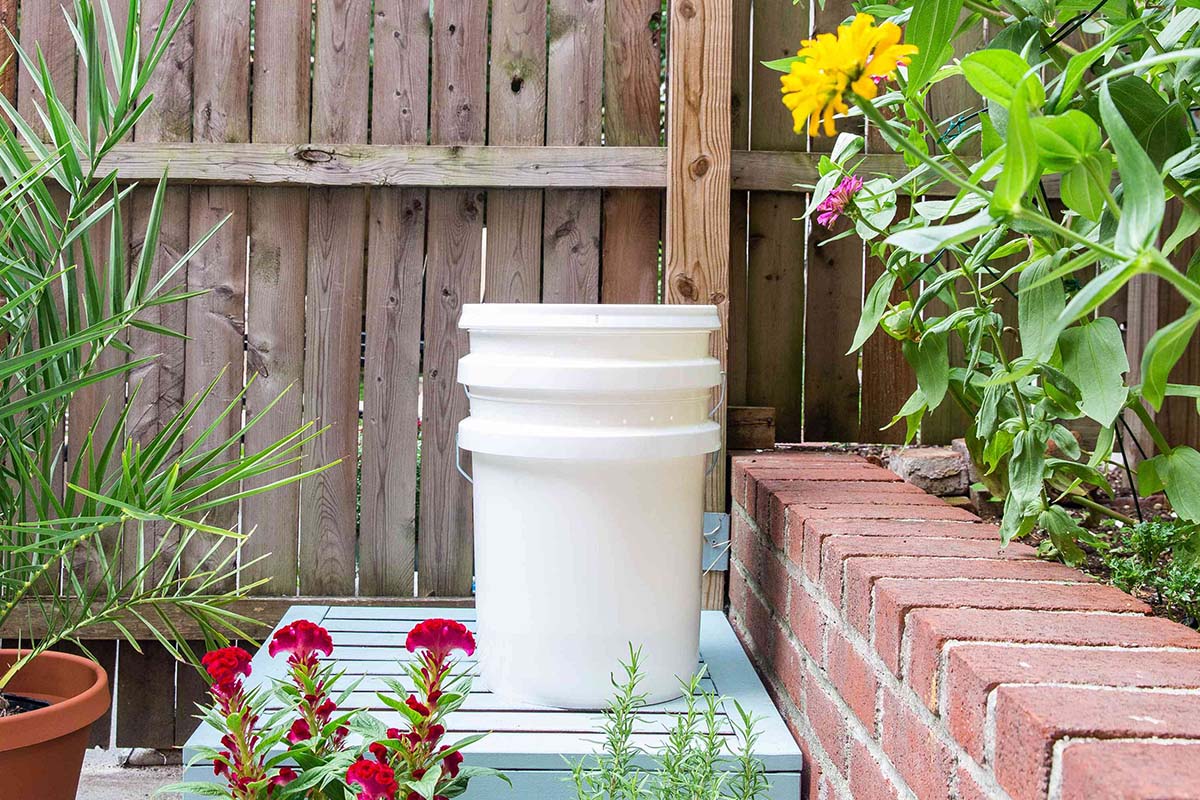
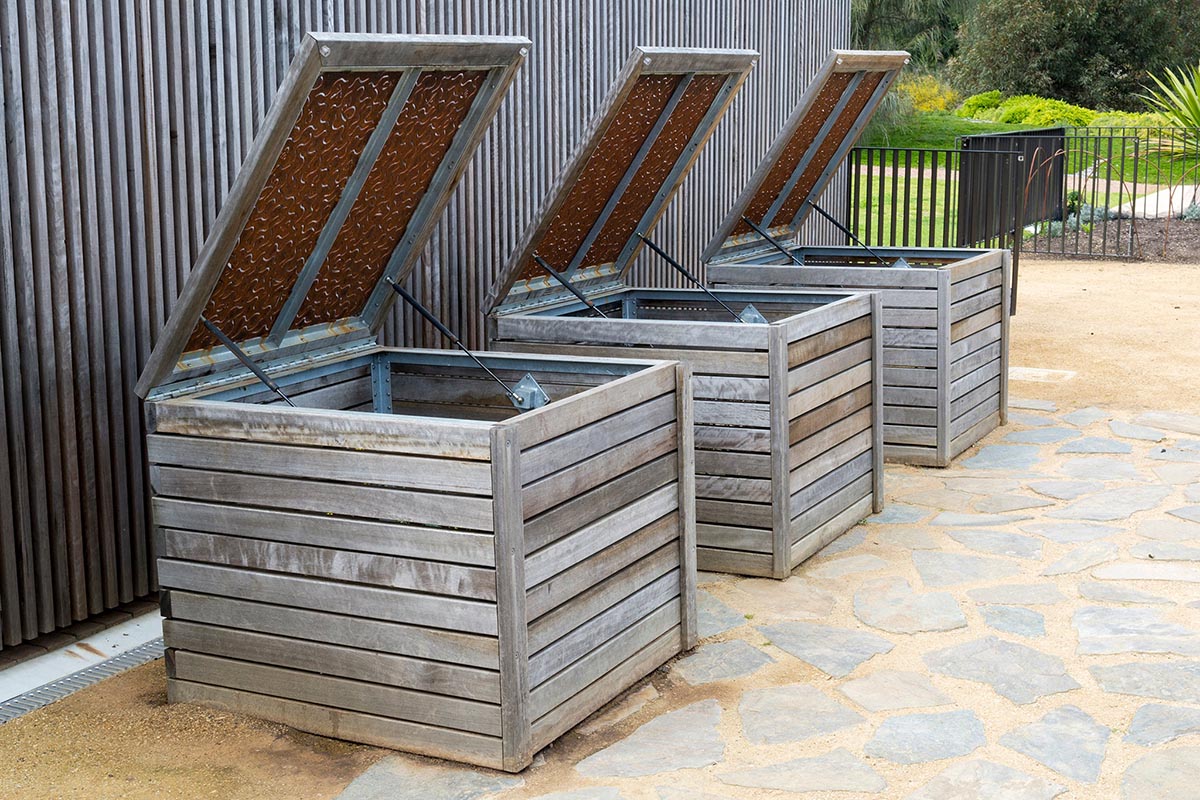
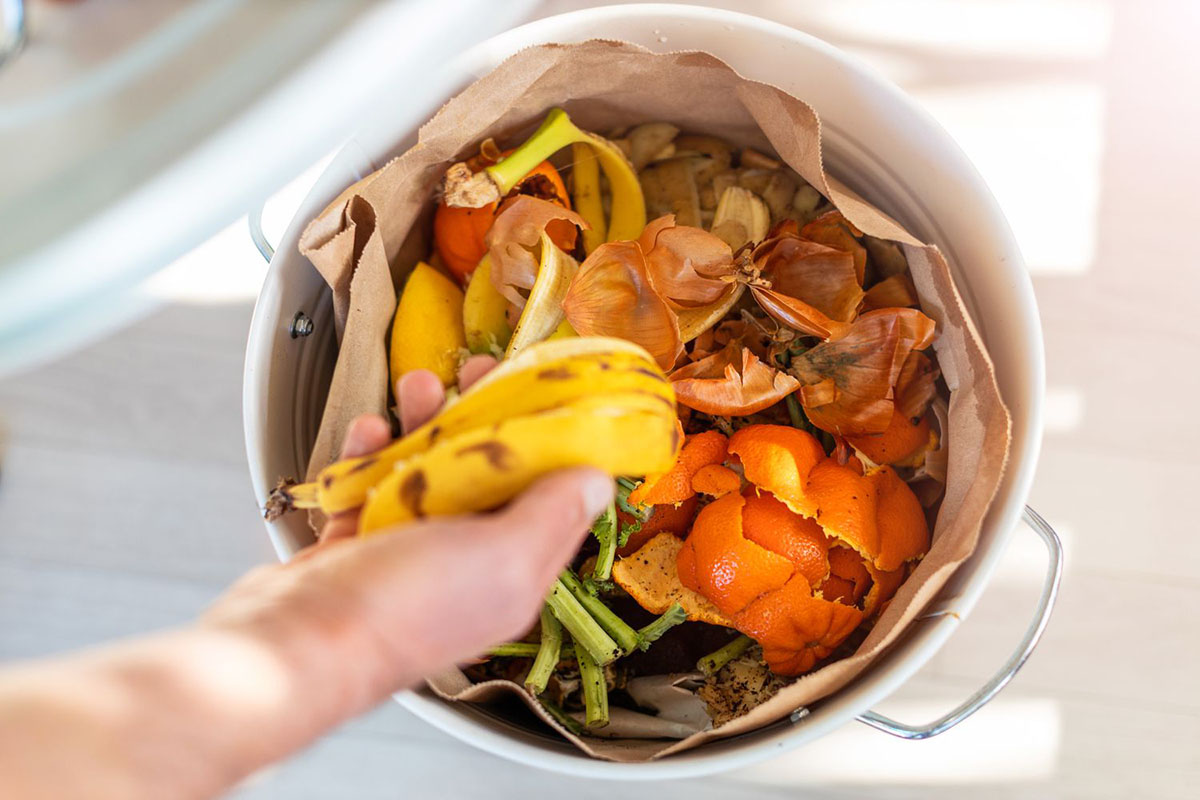
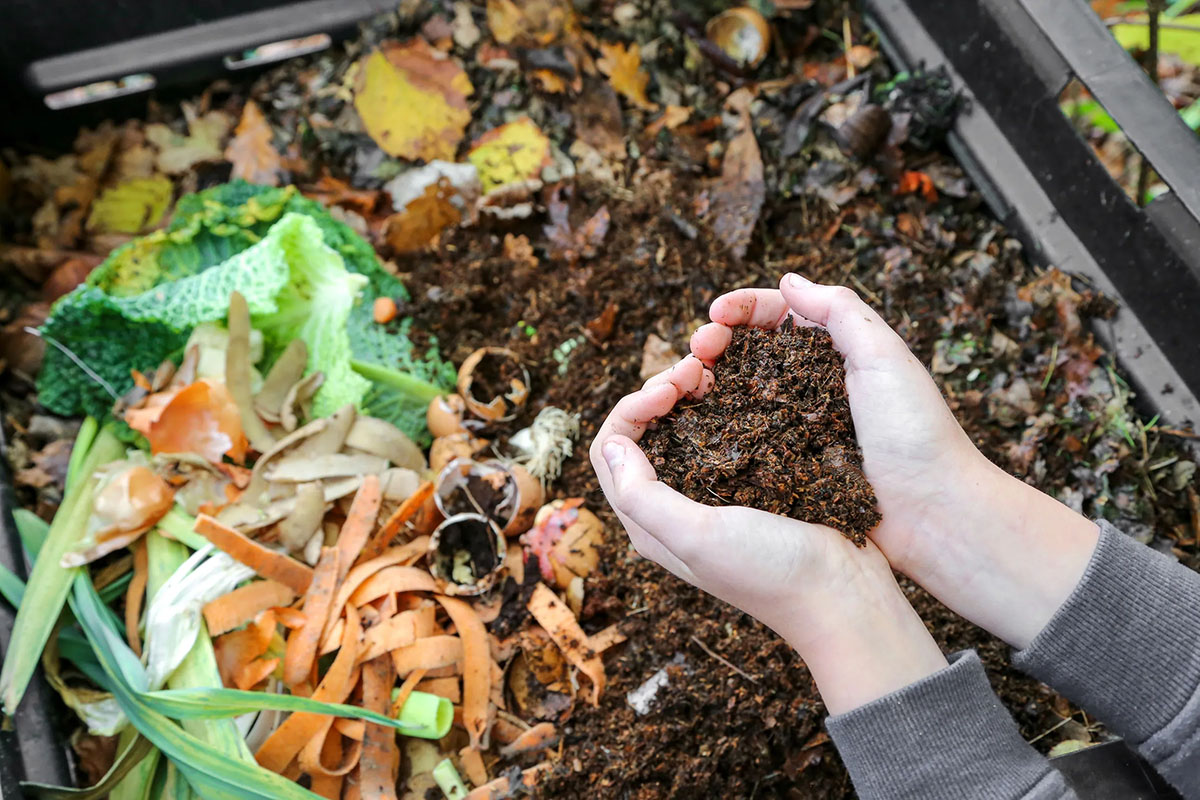
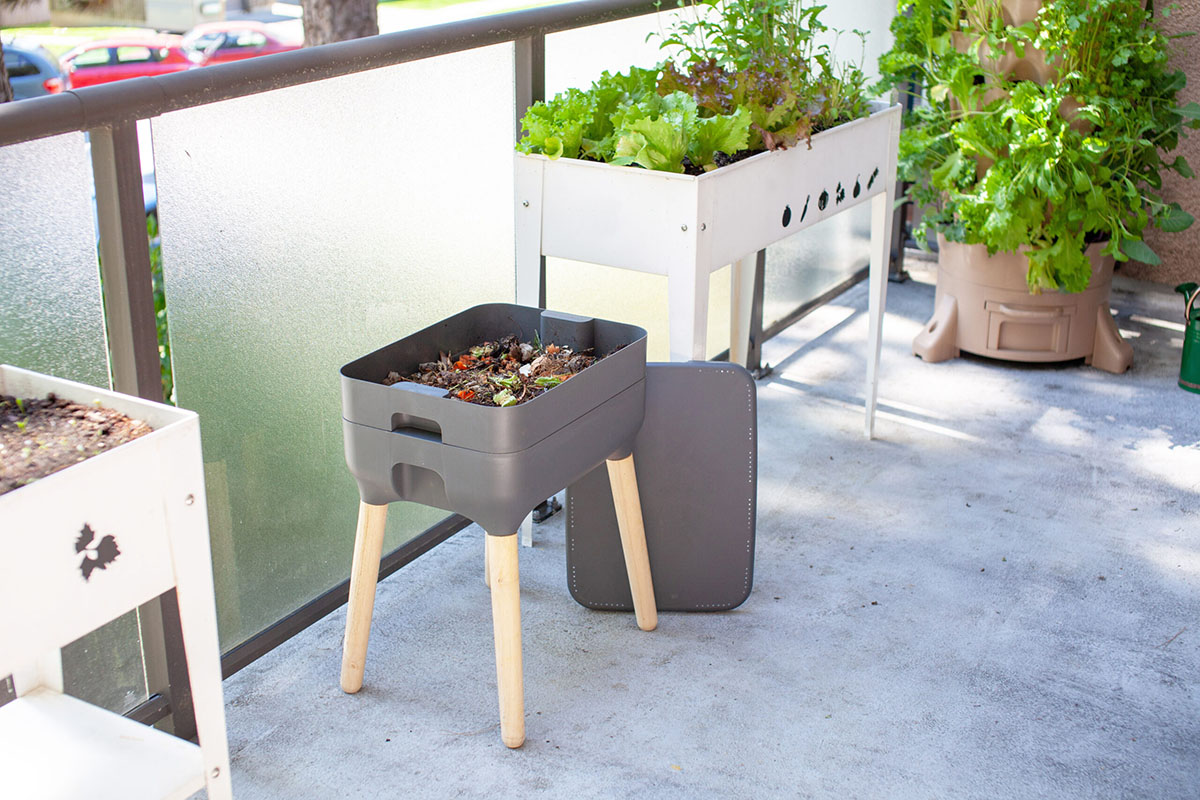

0 thoughts on “How To Use A Rotating Compost Bin”